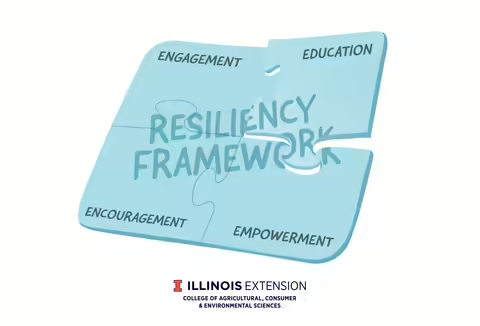We’re adjusting to a “new normal.” We hear it daily on the news, in our virtual meetings and at the dinner table, but how can we make sure we stay connected during these challenging times?
People in crisis are confronted with stress and pressure with too little, distorted or inaccurate information and an uncertain future. Information is the driver for sense-making, coordination, and planning, from a personal level to the community level, says Tina Comes of the Center for Integrated Emergency Management at the University of Agder in Norway.
We gather information by staying connected, and we strive to be connected holistically, creating balance in our lives. So how do we stay connected with self, others, teams, and community during this pandemic? Here are some suggestions that might help.
Stay connected with yourself. Seek out positivity. Monitor the news but don’t spend all of your time absorbing “bad news and dire predictions.” Look for the good every day, and remind yourself what you are grateful for today. Stay on a routine, or develop a routine. Routine creates predictability, and we all need that right now. Look for ways to learn something. Don’t forget about the future. This pandemic is temporary. Life will go on. Will you be ready for future projects?
Stay connected with others, including family members at home, family members who might feel isolated as they stay at home, friends, and neighbors. Be prepared for emotional ups and downs, and validate those emotional reactions. There will be chaos, uncertainty, and messes, so be flexible and patient. Practice your listening skills! Using technology, check-in with external family members, friends and neighbors and ask if there is anything they need and just to visit with them.
Stay connected with teams. Check-in with your personal and professional teams. Can you set up daily, weekly, or monthly check-ins? Ask how people are doing before getting down to business. What does the team currently need to be working on to not fall behind? How can you remember and prepare for future events? Our work-from-home situation is likely temporary. Schedule time to begin or continue to work on future projects. It will help give the team direction and hope for the future.
Stay connected with your community. A community could refer to your neighborhood, school, organization, city, county, state. We can define community in many ways! Stay connected through traditional media such as radio and newspapers, as well as social media groups on Facebook, Twitter, group chats, etc. Reach out when you can and support local businesses and activities. Be ready to support businesses that have closed. Write or post a thank you to anyone working extra hours at hospitals, grocery stores, making deliveries, the post office, and other essential services. We appreciate those extra efforts.
Comes refers to a resiliency framework: engagement, education, encouragement, and empowerment. She explains the purpose of each segment of the framework: engagement – trusting information through networks and connections; education and encouragement – processing and critically reflecting on the information you receive; and empowerment – rapidly responding to emerging problems. [1]
We can use this resiliency framework to help us stay connected during this new normal:
- Engagement: connect or stay connected to yourself and others; through your family connections, teams, organizations, and community.
- Education and encouragement: process and critically reflect on the information you are receiving. Is it coming from trusted sources? Are you making a decision based on fact or fear?
- Empowerment: respond to or take action on the issue at hand with something you can influence or change; something within your control.
So ask yourself, in our new normal, “How can I stay connected?” After you have answered that question…take action!
For help knowing who to trust, check out this resource.
[1] Comes, Tina, Designing for networked community resilience, Humanitarian Technology: Science and Global Impact 2016, HumTech2016, 7-9 June 2016
